In this article we propose 10 cognitive stimulation exercises for Parkinson’s disease. They are intended for rehabilitation and cognitive stimulation professionals to work on with their patients in therapy.
The term Parkinson was coined in honor of Dr. James Parkinson, the neurologist who first described it in 1817.
What is Parkinson’s disease?
Parkinson’s disease is a neurodegenerative disease, chronic and progressive that affects the nervous system. It is part of the movement disorders and is, after Alzheimer’s, the second most frequent condition. It is characterized by a deficiency of dopamine, a hormone involved in movement, caused by the loss or deterioration of neurons in the substantia nigra. This causes movement disturbances such as tremors or postural instability.
It should be borne in mind that Parkinson’s has no cure and that it does not affect all people equally. The evolution of symptoms, response to treatment and course of the disease is different in each person. That is why a personalized treatment is necessary to enable symptom improvement.
Symptoms of Parkinson’s disease
The symptomatology of Parkinson’s disease develops slowly and gradually, with progressive worsening over time, which complicates the execution of everyday tasks. Often, they begin on one side of the body, later extending to the whole. Most are motor, but others may also occur, such as sleep disorders, depression, cognitive alterations or difficulties swallowing. Below are the most common symptoms of Parkinson’s disease.
- Tremors,
- slowness of movement or bradykinesia,
- muscle rigidity,
- micrographia or illegibility of handwriting,
- balance problems and postural changes,
- excessive saliva production or sialorrhea,
- hypotonia or loss of muscle mass,
- impairment of fine motor skills,
- speech disorders,
- reduced ability to perform involuntary movements.
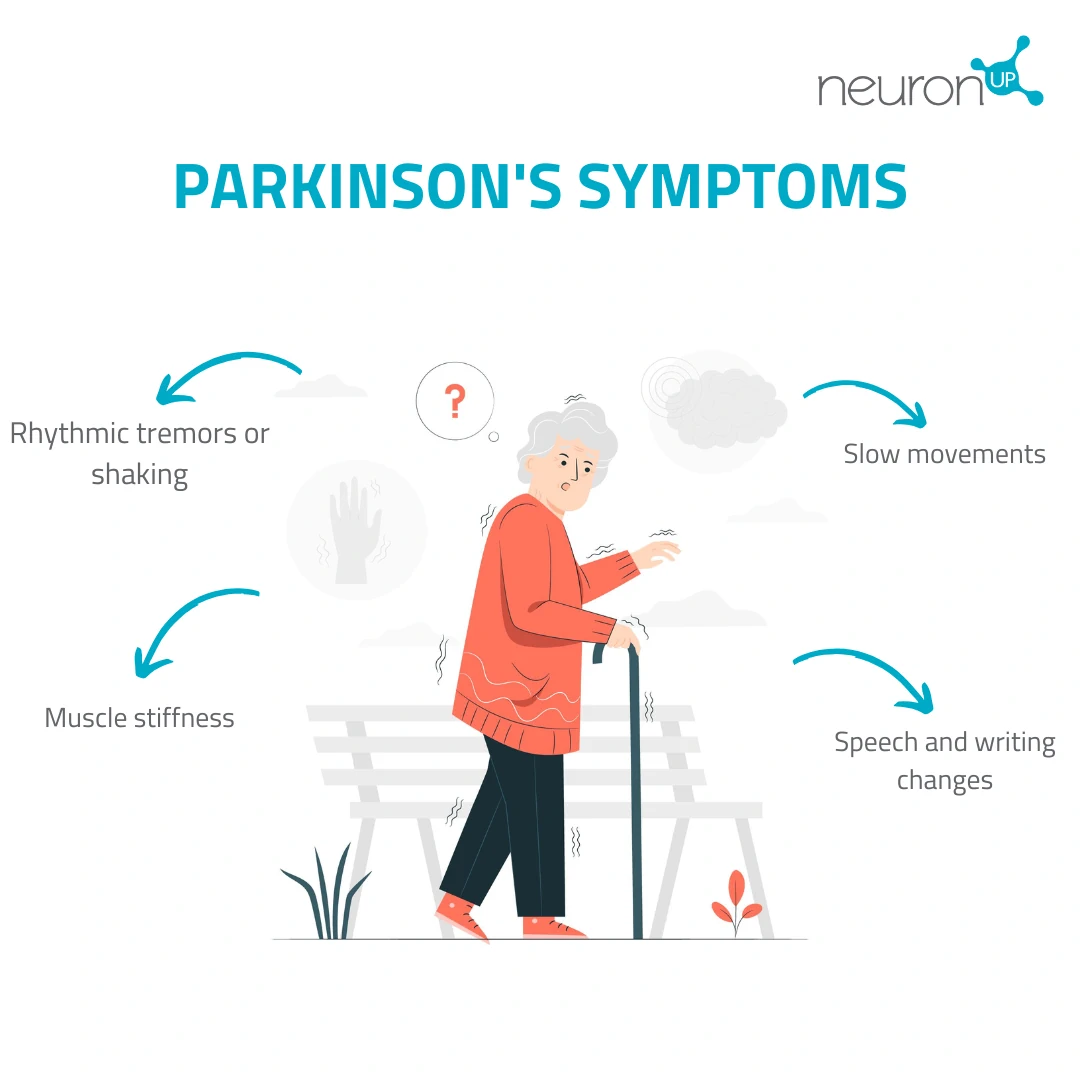
Cognitive stimulation exercises for people with Parkinson’s disease
At NeuronUP we propose different cognitive stimulation exercises designed to work on the main cognitive processes that affect people with Parkinson’s disease: attention, visuospatial skills, information processing speed and, especially, executive functioning.
1. Order the steps of an activity
What does it involve?
In this activity the user must put in order the different steps required to complete an activity.
These types of activities are very useful for stimulating executive functions in people with Parkinson’s disease. All everyday actions can be divided into different steps that the person must order.
In the image, for example, the idea would be to number, according to the order in which they naturally occur, all the steps necessary to go shopping. There are many versions of this activity, such as using only a list instead of images.

What does this activity work on?
It primarily trains planning and secondarily reasoning.
2. Knitting a Scarf
What does it involve?
In this activity the user must collect all the balls of yarn that appear without colliding with anything.

What does this activity work on?
Excellent for working on visuospatial skills, sustained attention and processing speed.
3. Word Association
What does it involve?
Another classic of cognitive stimulation, Word Association is an ideal activity for people with Parkinson’s disease.
In the example we present, our users would have to match those words that are related to each other. Another alternative is to match images.

What does this activity work on?
It works on language, reasoning, and semantic memory.
4. Entangled ropes
What does it involve?
It consists of forming a geometric figure by moving its vertices so that none of its sides cross.
What does this activity work on?
An activity more suitable for people in the mild or moderate stage of Parkinson’s disease, but very effective for stimulating visuospatial skills. Specifically, it works on spatial visualization and planning.
5. Word Search
What does it involve?
Another classic of stimulation and mental activities. Search for the hidden words in a grid of letters. And it lends itself to many variants: searching for certain fruits in a set, words of a single color or specific symbols.
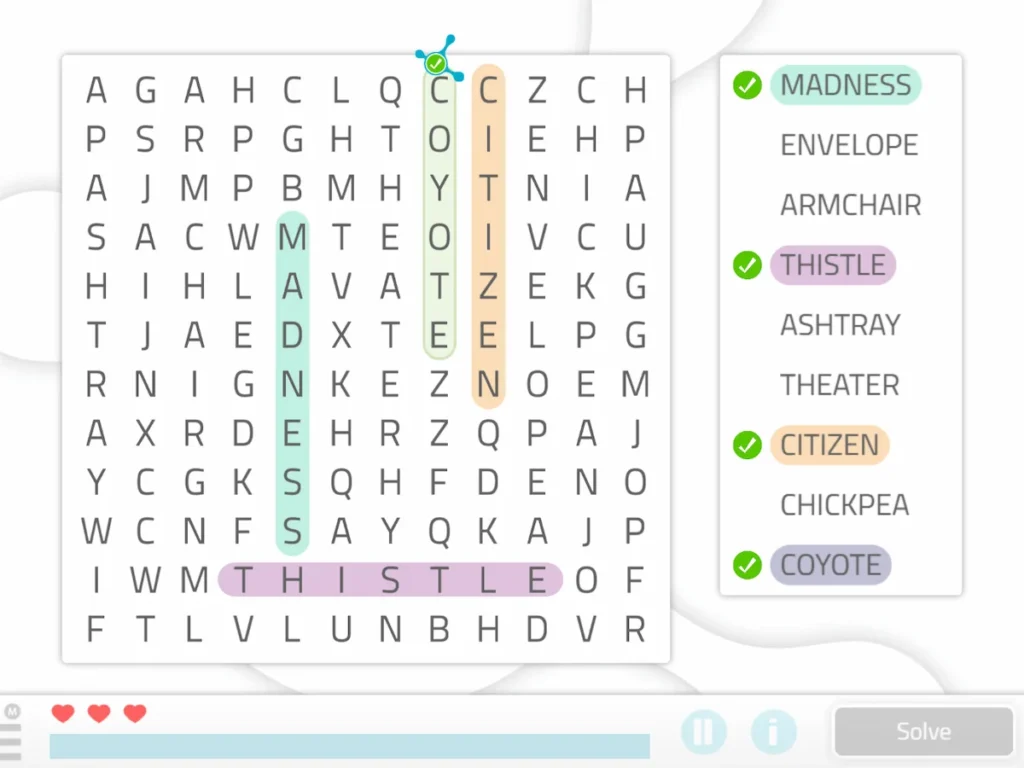
What does this activity work on?
It is excellent for people with Parkinson’s to work on attention, specifically sustained and selective attention.
Customization of the activity
NeuronUP allows the option to customize the words you want to adapt them to each person, also choosing the size and direction of the text. For example, the professional can introduce the user’s favorite players or the names of their family members, something ideal for boosting the user’s motivation when searching for the hidden words.
8. Moving cubes
What does it involve?
This activity consists of calculating how a series of cubes would look after moving some of them. Designed for people in the mild to moderate stages of Parkinson’s disease.
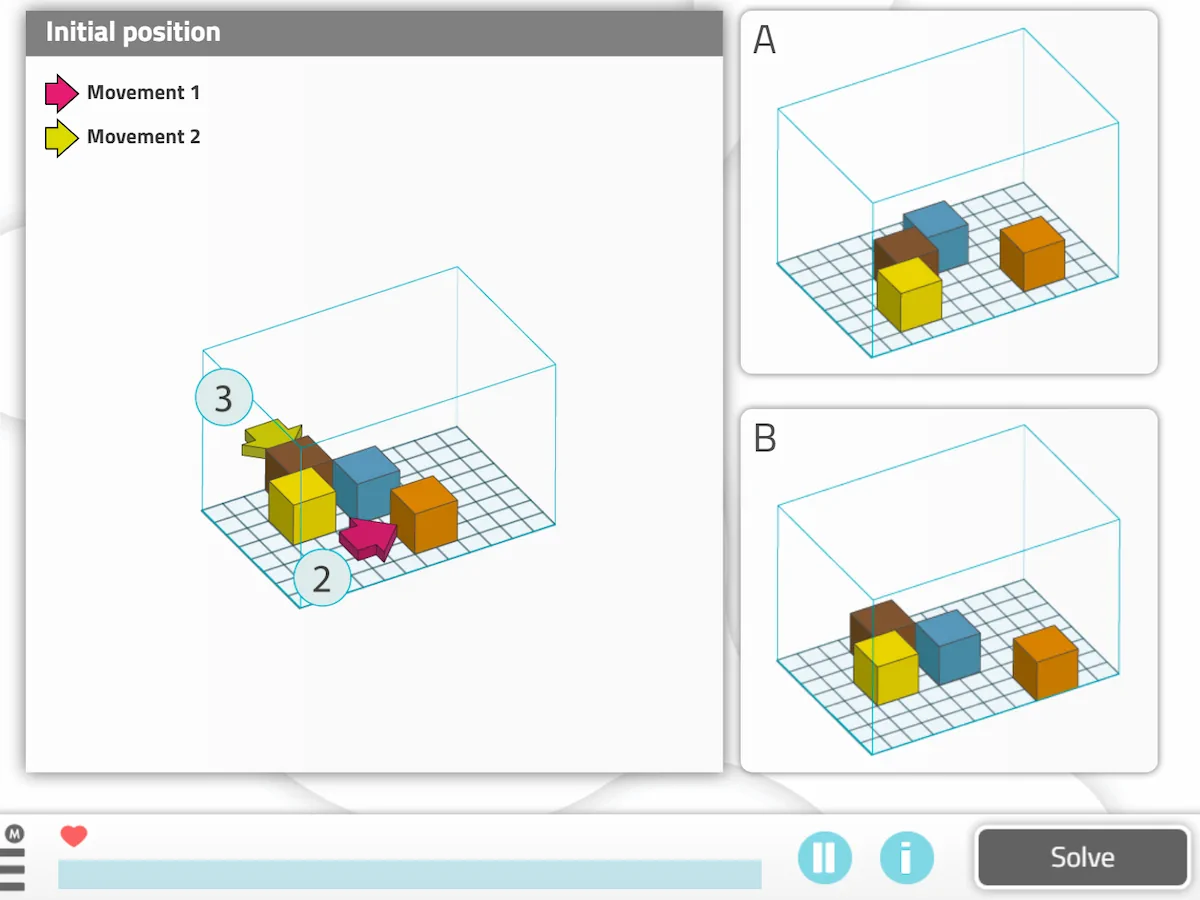
What does this activity work on?
It specifically trains spatial visualization and planning.
9. How to get there, simple routes
What does it involve?
After confirming that the people in the group have been familiar for years with the city they live in, we choose two familiar points that they must mentally travel between as if they were walking.
The origin can be, for example, their home and the destination, the cinema. What streets do they have to take? Even if the level of motor deterioration of the participants is not very advanced, we can ask them to draw a kind of map.
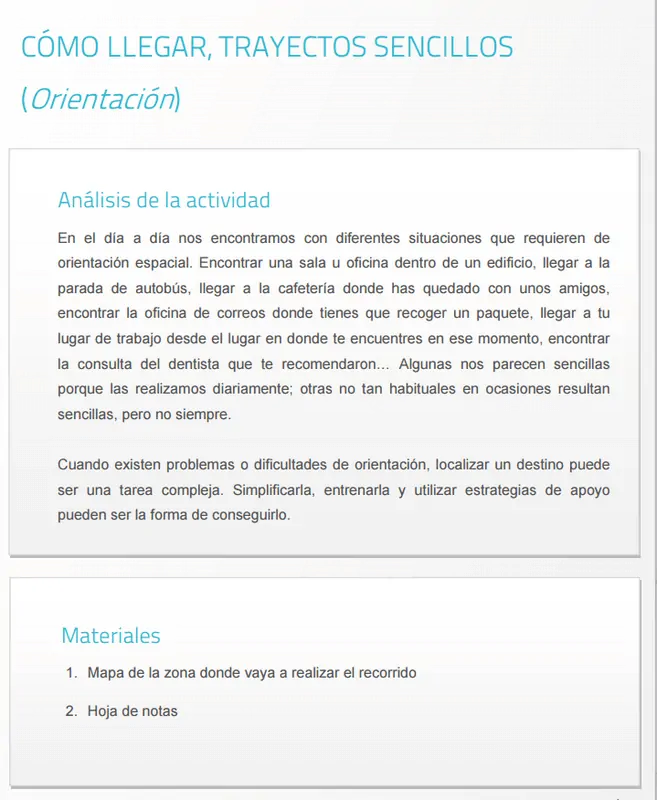
What does this activity work on?
With this type of exercise we can work on visuospatial functioning.
10. Repeated words
What does it involve?
This exercise proposed by NeuronUP consists of pointing out the words that appear repeated. For example, in this NeuronUP worksheet we can find the word “castaño” repeated, but is there any other repeated word? And how many times does it repeat? We always insist on the need for exercises to be motivating.
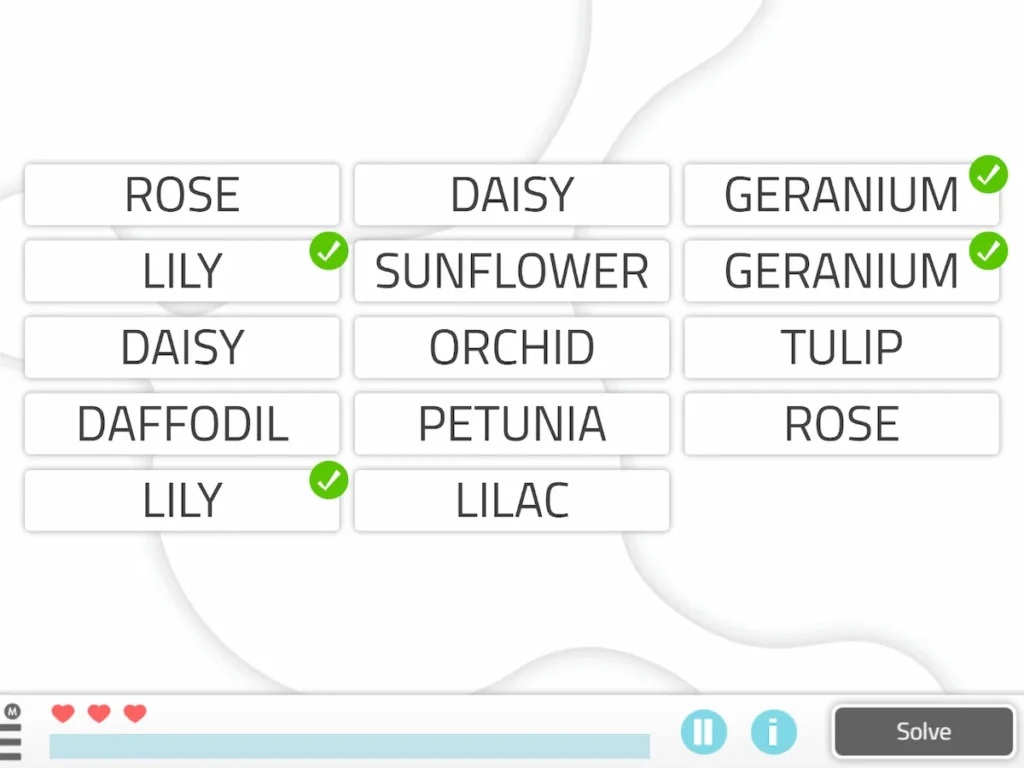
What does this activity work on?
This activity works on selective attention and working memory.
References on Parkinson’s disease
- Aarsland, D., Bronnick, K., Williams-Gray, C., Weintraub, D., Marder, K., Kulisevsky, J., … Emre, M. (2010). Mild cognitive impairment in Parkinson disease: A multicenter pooled analysis. Neurology., 75(12), 1062–9. Available at https://www.ncbi.nlm.nih.gov/pubmed/20855849
- Reid, W., Hely, M., Morris, J., Loy, C., & Halliday, G. (2011). Dementia in Parkinson’s disease: A 20-year neuropsychological study (Sydney Multicentre study). Journal of neurology, neurosurgery, and psychiatry., 82(9), 1033–7. Available at https://www.ncbi.nlm.nih.gov/pubmed/21335570
- Riedel, O., Rehberg, S. P., Heber, I., Kronenbuerger, M., Schulz, J. B., Storch, A., … Research, P. (2016). Subtypes of mild cognitive impairment in patients with Parkinson’s disease: Evidence from the LANDSCAPE study. Journal of Neurology, Neurosurgery & Psychiatry. doi:10.1136/jnnp-2016-313838
If you liked this post about 10 cognitive stimulation exercises for Parkinson’s disease, you may also be interested in other NeuronUP posts:
“This article has been translated. Link to the original article in Spanish:”
10 ejercicios de estimulación cognitiva para la enfermedad de Parkinson
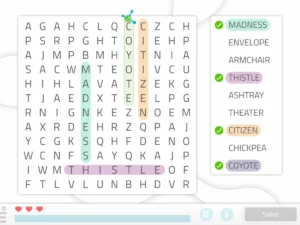



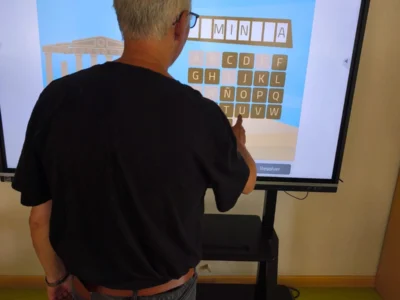


 5 cognitive stimulation activities for intellectual disability
5 cognitive stimulation activities for intellectual disability
Leave a Reply